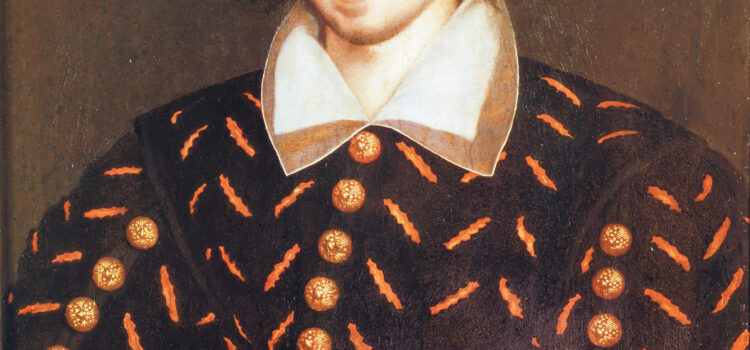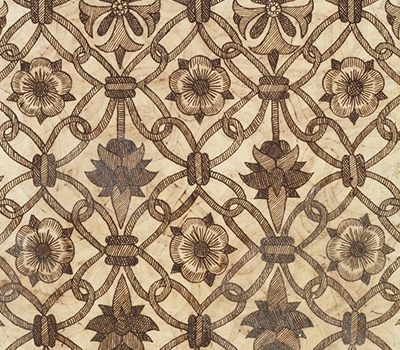Interested in teaching with TEI? Here’s a short guest-post discussing how TAPAS supports The Kit Marlowe Project’s Mini-Archive.
Teaching with TAPAS



Interested in teaching with TEI? Here’s a short guest-post discussing how TAPAS supports The Kit Marlowe Project’s Mini-Archive.

The following slideshow gives you an overview of how to extract data from tagged elements and attributes in a TEI-encoded document using oXygen software. This “how to” guide was created by Ellie Lynch and Nick Ribeiro, students in Dr. Kristen

The following guide walks one through adding metadata to TEI encoding projects, as well as instructions for adding persons to The Kit Marlowe Project’s personography. Return to Teaching Resources

The following slideshow offers ‘How to’ guides for getting started encoding with TEI. This presentation walks users through encoding Div Structures, Forme Works, Inline Features, plus how to use CSS to encode Layout and Style. All guides have been directly

This section features in-class activities designed to introduce students to descriptive bibliography, “how to” guides for transcribing and encoding diplomatic editions of early English texts using TEI (Text Encoding Initiative) methods, and scalable assignments that can be used to teach

New Publication Rowan Pereira (Stonehill 2019) stayed on as Project Intern for the Spring 2019 semester, driving to Framingham weekly, and completing an independent transcription and encoding of Henry Petowe’s previously unpublished additions to Marlowe’s posthumously published poem, “Hero and

Fall 2018 Kit Marlowe Project Intern Rowan Pereira (Stonehill College ’19) transcribed, edited, and encoded Henry Petowe’s continuation of Marlowe’s poem “Hero and Leander” printed by Thomas Purfoot for Andrew Harris in 1598 (STC 19807) using the Early English Books